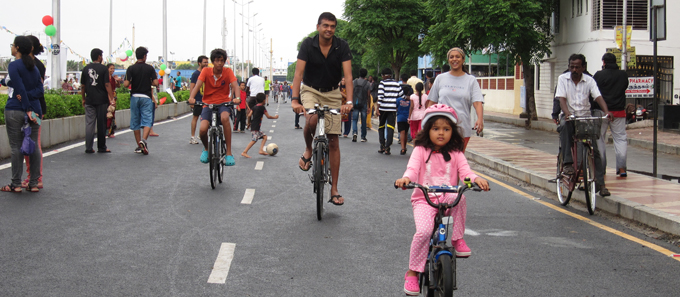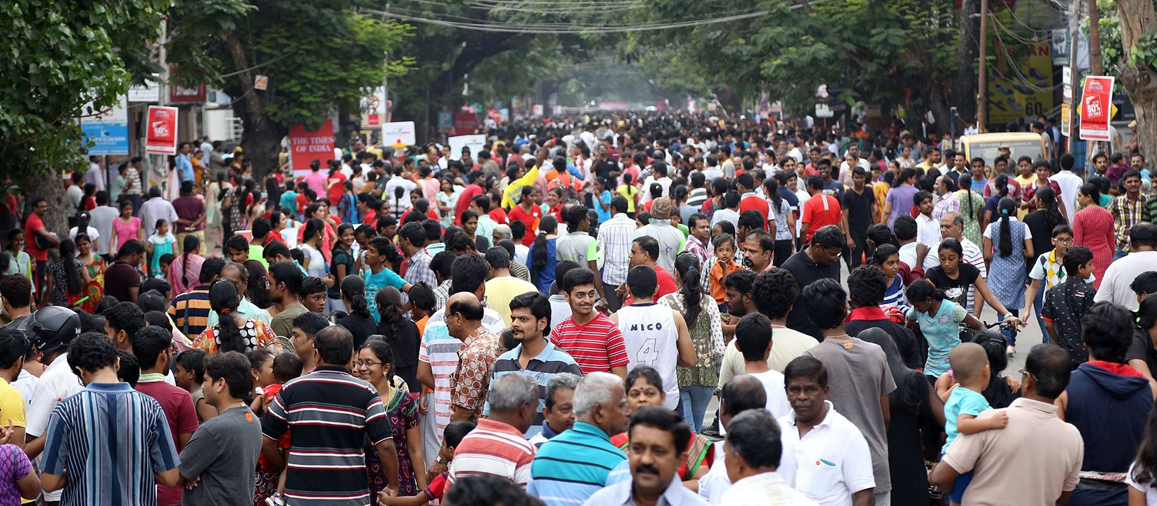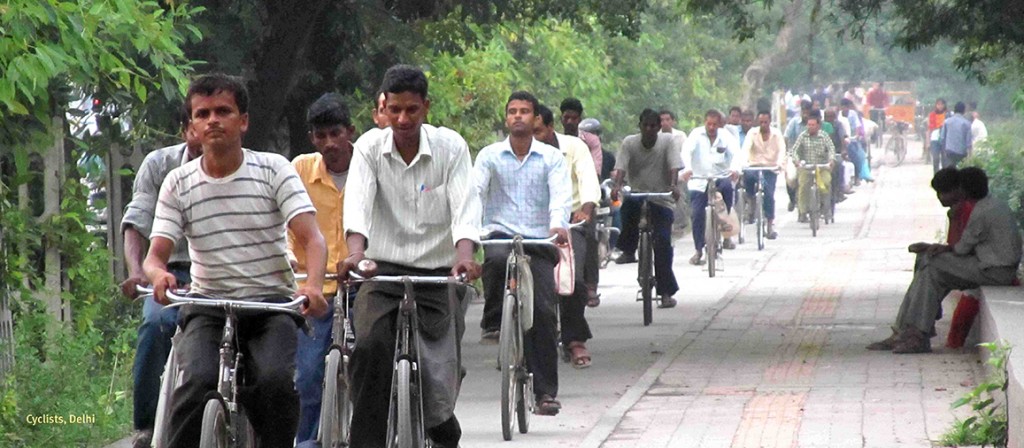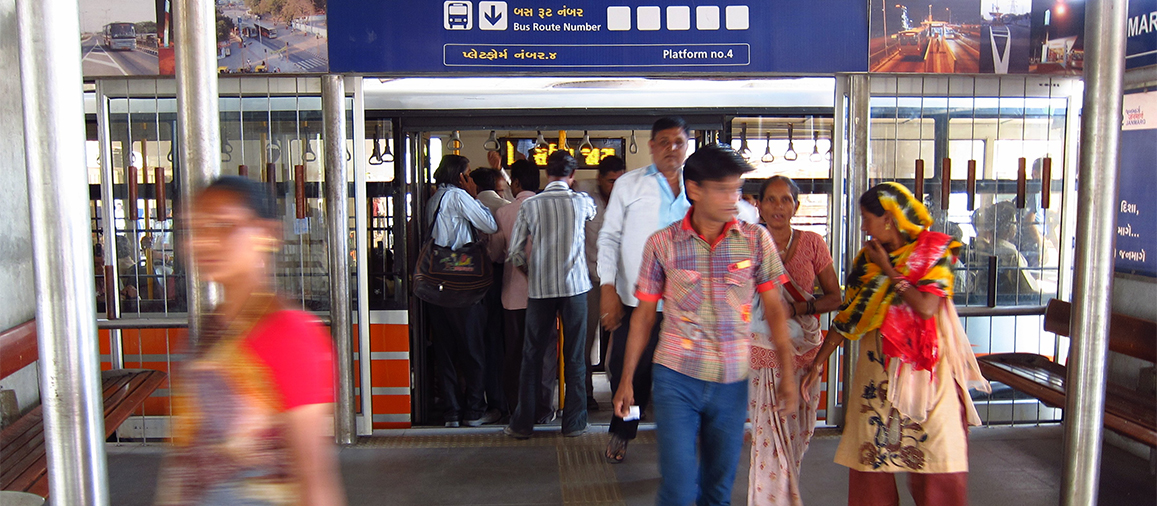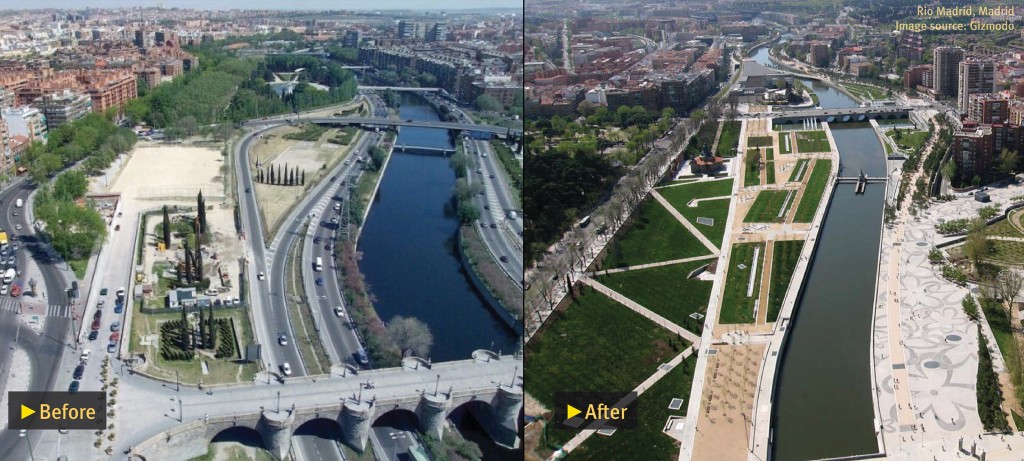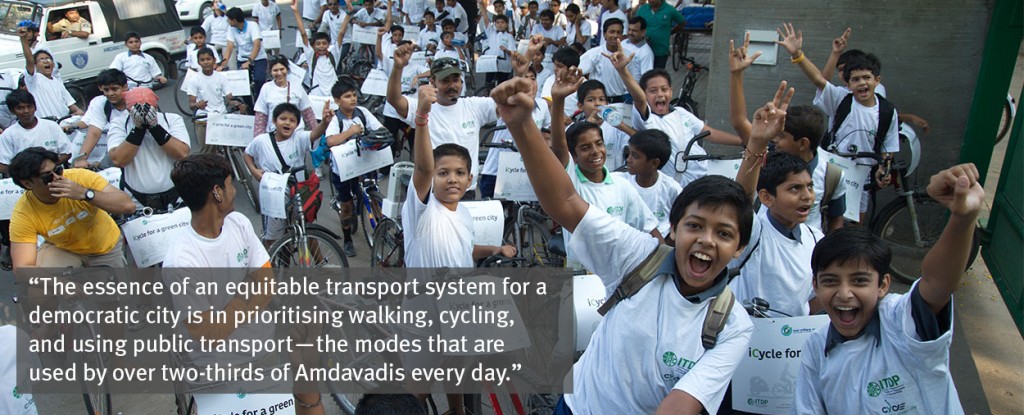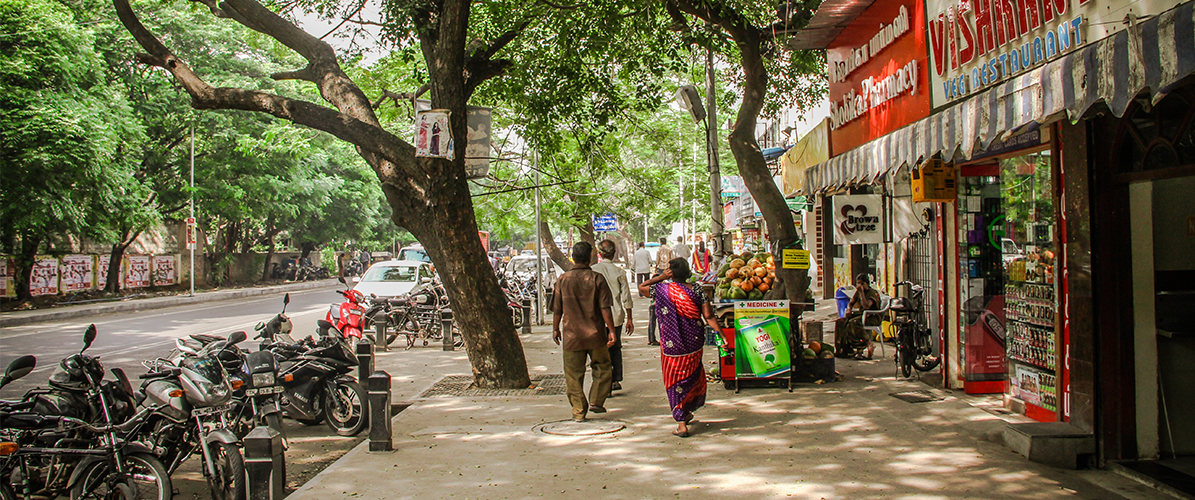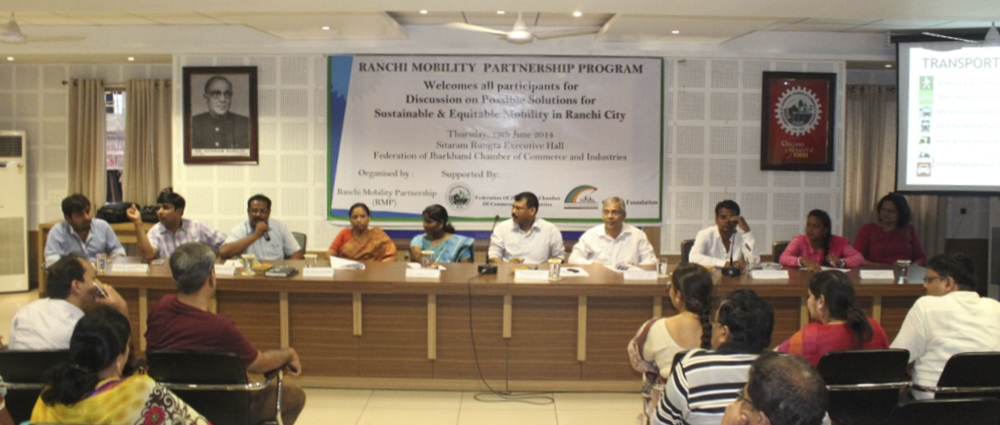Chennai’s car-free Sundays at Elliot’s Beach Road saw citizens making the streets their own, with pedestrians and cyclists taking centre stage on streets that are otherwise filled with parked cars and traffic. From kids cycling and skating without the fear of cars to fitness enthusiasts training on wide streets, car-free Sundays in Chennai brought together citizens from all walks of life to transform streets into vibrant public spaces.
Where football and badminton attracted the young, spontaneous games of street cricket gave opportunities for families to unwind. Road art and storytelling sessions kept the kids engaged and were met with enthusiastic support from parents. Unexpected street performances lent an air of festivity to the event and had the crowd asking for more. But it was not all about celebrations. By bringing different social groups together, car-free Sundays have provided a platform to generate awareness about various issues in the city — one group chose to use the event to talk about cerebral palsy and the need for an inclusive society.
Sounds of traffic were replaced with music at car-free Sundays
The first of these car-free Sundays was flagged off on 11 October 2015 by the Mayor, Saidai Duraisamy, who then joined the City Commissioner, Deputy Commissioner and city officials for a cycle ride along the street. “I love to bike. It is something that I am very passionate about. Given an opportunity, I would like to bike around the city,” said Vikram Kapur, Commissioner, Corporation of Chennai after cycling along the car-free streets.
Car-free Sundays were initiated in Chennai on 11 October.
Initiated by the Corporation of Chennai and the Chennai City Traffic Police, this campaign was conceptualised by the Institute of Transportation and Development Policy and Chennai City Connect Foundation and presented by The Hindu. Called Namma Chennai Namakke (“Our Chennai Ourselves”), car-free Sundays form an important step in creating a paradigm shift in urban transport scenario in the city. By shifting focus away from cars and towards walking,cycling and public transport, the campaign continues to present an alternate vision of how Chennai can be — a happier, healthier and a more inclusive city. With local residents wanting to expand this initiative to other times of the week and with requests pouring in from citizens across the city to have this initiative in different neighbourhoods, Chennai looks set to pave the way for a car-free future.
Car-free days are held every Sunday, from 6:00 a.m. to 9.00 a.m., on Elliot’s Beach Road, Chennai. All are welcome. For more information, log on to https://www.facebook.com/NammaChennaiNamakke/




